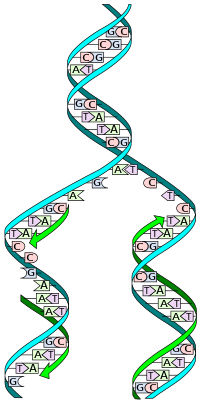
Photo from wikipedia
Criminal offenders missing from police files limit the capacity to reconstruct criminal networks for criminological research and operational purposes. Recent studies show that forensic DNA databanks offer potential to address… Click to show full abstract
Criminal offenders missing from police files limit the capacity to reconstruct criminal networks for criminological research and operational purposes. Recent studies show that forensic DNA databanks offer potential to address this problem, through large-scale analysis of DNA matches, many of which involve unidentified offenders. Applying social network analysis (SNA) to 18 years of DNA match data from Québec, Canada, we found that 1400 unknowns do not occupy more marginal positions in the network than 13,000 known offenders, and explain up to 18% of SNA values (e.g., betweenness centrality) for the latter while supporting 46% of their clustering values. Our results contrast with previous studies, showing moreover that unknown individuals who are positioned centrally in a network may have a larger impact than previously expected on investigation policing with implications for forensic intelligence.
Journal Title: Forensic science international
Year Published: 2021
Link to full text (if available)
Share on Social Media: Sign Up to like & get
recommendations!